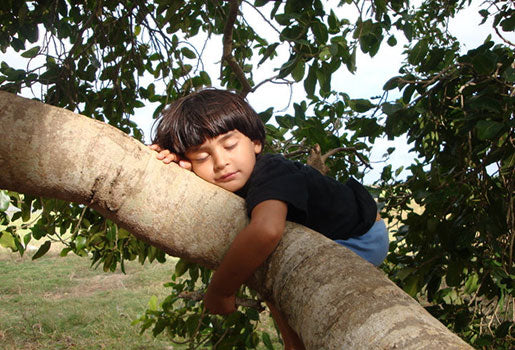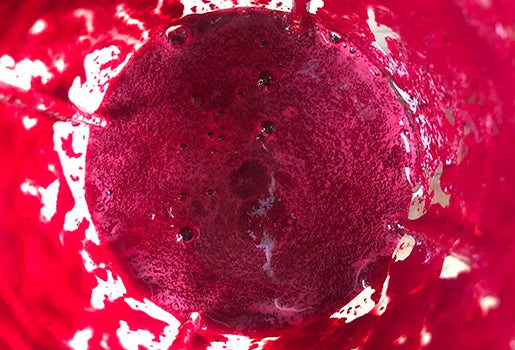Permaculture in Kenya Series- Part One: Under African Skies

This mini series on permaculture in Kenya is intended to document and share my experience in permaculture work and socio-economic development, as it relates and/or transfers to my Nelum Botanics business and my personal mission to deconstruct our understanding of poverty and wealth.
***
Thank you Kenya for receiving me so graciously. The beauty of your country and the loving hospitality has taught me so much about humanity and it has allowed me deconstruct the prejudice that I have been taught despite what I have been able to resist—something I may not have been able to do had it not been for my African friends and childhood story teller, Echu, who planted beautiful images of the continent in my heart. I carried their version of what Africa was to them and used it as armor when the world around presented their perverse imagery of Africa.
The continent (too often referred to as single country), as they would sustain, was an infertile land affected by drought, ruthless deforestation and plagued by incurable diseases that at times made their way to Europe by the spread of perilous African host insects. This was the land where little black children covered in dust and flies sat around listless, waiting for nothingness...or maybe waiting for hope delivered, not by their mothers, but by Western institutions that worked through silky Europeans with rose-pink lips and crystal blue eyes. Africa was where the enslaved came from; it is where humanity is so corrupt that tribal warfare lingers through generations because violence is the preferred way of life rather than rational deliberation in the name of peace—so they would insinuate. And what I kept hearing around me—inexplicitly and explicitly in the space of development discourse and among many in the private sphere—was that Africa is the land that generates fear especially when its people migrate out, taking with them their drums onto which only basic sounds are made for promiscuous movement. Knowing nothing other than famine, their bloodshot yellow eyes beckon you to question your safety, for all you know, they were child soldiers once and have become heartless adults who could easily rape you or slaughter you with a machete.
Sadly, that was the Africa I was taught to know. And when I was preparing my trip to Kenya, all the vaccines in the world were recommended and my children were forbidden from joining me. “You want to die? Die alone, not with the kids”. “Who is picking you up at the airport? You don’t know? Klara, Africa is not like any other country. It is dangerous”. “Traveling by bus? Are you kidding me? You could be attacked!” I heard every fear mongering comment out there.
There was only so much my childhood friends’ glorious stories of Africa could do. I was now sucked into the vehement rhetoric of this dark continent and was slowly conditioned to think like them. They succeeded because I began to question my safety. But I refused to turn back; my ticket was booked and my promises were made. I couldn’t back down.
From the moment I stepped into Kenya, I was greeted with welcoming smiles. Was it because I was “white”? I kept observing, scrutinizing, looking with a fine-tooth comb for I was very suspicious. But no, their kindness was extended to all alike regardless of skin color, age, gender or class. As I traveled through the country, landscapes changed from beautiful to utter beautiful varying from arid dry lands with green pulpous succulents to lush rolling hills with hidden waterfalls. Mountains were covered with bright green patches of corn, dark green pines that scented the air, and fields of random vegetation bursting with purple, orange, yellow and red flowers. And the people, always the same—always smiling and greeting one another with so much glee. A stranger or not, the care was taken to approach the on-comer with a clapping handshake and genuine “karam” and a “karam yeoman”, in response. More words were sometime exchanged and then an “asante” as they parted happily, still with smiles across their faces. Children played freely. As young as four, they would look after the younger ones—sibling or not— carrying the tot on their back, holding hands, running together, and laughing. Always, always laughing. Oh yes, there were a few flies, but they swatted them off, just like I do. Babies were never unattended. And they rarely cried for they were strapped onto the warm comforting smell of their hardworking mother’s back. Both men and women would pause from their work to tend to the young ones with gentle love and caress before the kids scattered off again. With rope, plastic bags, sticks, stones, metal wire kids would ingeniously handcraft their toys or invent games. And they were so happy...always happy...always caring for one another. The air was filled with love. And the animals...Even they were happy spending their lifetime grazing freely on the plains or foothills feasting on fresh green grass or nursing on their mother’s utters. It wasn’t uncommon to see a cow licking her baby, and that’s just how life was. Loving, caring and beautiful.
Why would anyone depict Africa any other way? What is the purpose? Is it to incite hatred and fear of black people, to perhaps justify Europeans’ dehumanizing treatment of the colonized & enslaved? Or is it to maintain the profit-driven work of (some) NGOs that feed off the benevolent souls that ignorantly want to better other people’s lives? Or is it all of the above? Surely my depiction of Kenya is not enough to generalize all of Africa, but we can now certainly rule out that vile characterization of AFRICA as a whole, knowing that there is beauty growing there. Imagine, what that would it do to us as a human race if we were to shift our thinking about Africa?
Self-help gurus guide individuals to channel out their negative thoughts in order to rewire their brains to think in a positive light. It enables us to believe in ourselves to overcome things that stop us from becoming the person we truly want to be. So why do we allow negative thinking—including thoughts of pity or condescending interpretations— about other cultures, other nations, and other people to fester in our heart? It’s not out of concern, and it’s not out of love for humanity and the wanting to expose the injustices that plague them. If it were, then we would direct our hate towards the act of wrong that is committed, and we would understand that this act is committed across the globe in the same extent as anywhere else. If we were truly concerned about improving people’s lives without involving our self-interest, our approach in the way we help would change, and so too would our language and social construct of the other.
It is our self-interest or that of the institutions we consciously or subconsciously represent and support that tarnish the real work of assisting others with their battle against injustice. And after my trip to Kenya, it became all the more clear why it is we are taught to fear AFRICA.
Leave a comment
Comments will be approved before showing up.



